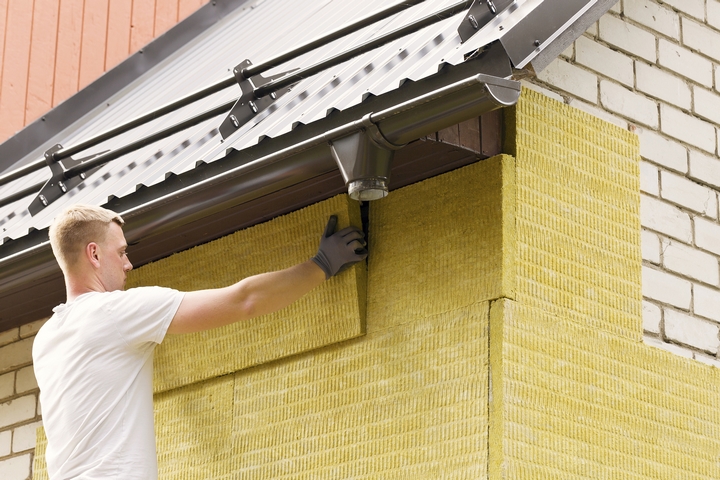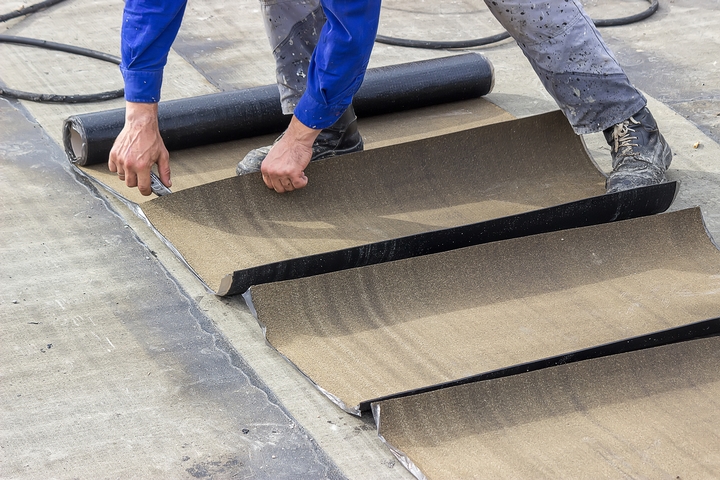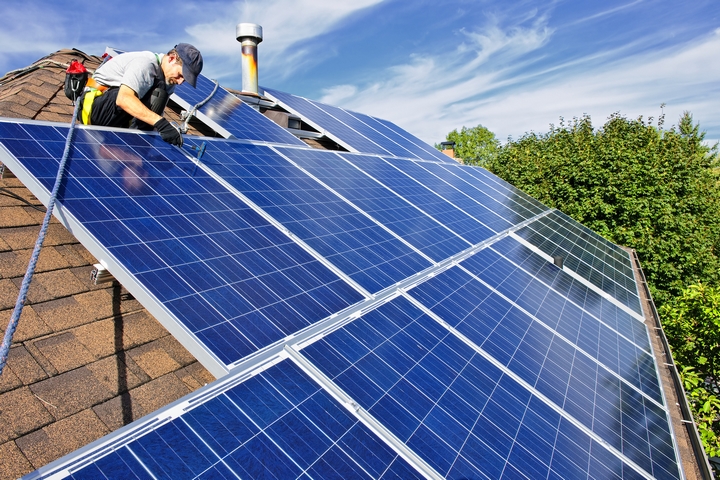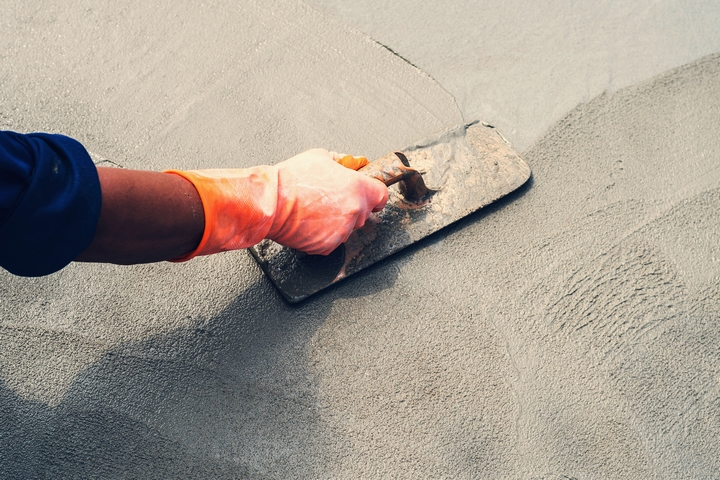
As the world’s population increases, there is going to be a greater need for housing and other forms of accommodation. Generally, the current trend is to build in the same ways as before, which is increasingly becoming unsustainable. As technology increases, it has, and will continue to bring advancement in building methods that are more sustainable and better for the environment.
In fact, greater care and concern will have to be shown to the environment in the future and some of the more innovative developers realize this. What may have once been seen as impossible can now be done, in terms of addressing the world’s need for accommodation, so here are some building materials that are paving the way that could change the construction industry forever.
1. Wool Bricks

Well, actually, wool and seaweed, believe it or not! It is thought that wool and seaweed may be the future of a more sustainable brick as it has been shown to be stronger. Wool fibres are combined with seaweed extract in order to create a stronger brick. This came about as a result of a collaboration between a Spanish and a Scottish university’s research. It is also non-toxic in addition to being sustainable and mechanically stronger. Traditional bricks need to be fired whereas these do not. It is also resistant to a cold and wet climate.
2. Paper Insulation

Believe it or not, paper insulation can be a more superior form of insulation than chemical foams. These are actually made from cardboard and newspapers that have been recycled. It is resistant to insects, but, it is also fire-retardant because boric acid, borax and calcium carbonate are included. These do not have any links to major health concerns and they are all natural materials. Paper insulation can also prevent drafts because the technique used allows it to fill all cavities securely.
3. Solar Tiles

When it comes to the tiles on your roof, traditional tiles are made by using energy-demanding methods. These tiles protect your home from the elements. They also absorb a lot of heat from the sun’s rays, especially in the summer when it can really get pretty stifling. Solar tiles are being developed as an alternative to traditional tiles. Some solar units which you may have seen are actually fixed onto the existing roof, whereas solar tiles are made to fit harmoniously into the building. It not only does the usual job of protection, but it is also able to generate power.
4. Sustainable Concrete

Concrete is considered a sustainable architectural material. For that reason alone, it is more friendly to the environment. However, now, a more sustainable form can be produced by mixing in recycled material. Wood chips and crushed glass are used, as is something known as slag, which is a stony waste matter derived from metals in smelting or refining ore. All of this in itself doesn’t really make a huge change in the concrete itself, however, what is significant is the fact that materials that probably would have gone to waste are used and thus CO2 emissions are diminished.
Any building or house that combines a lot of these methods would make great sustainable housing for the increasing population. The more people are educated on these matters, the more the demand for it will rise, causing developers to use more of these sustainable methods.